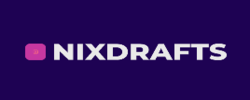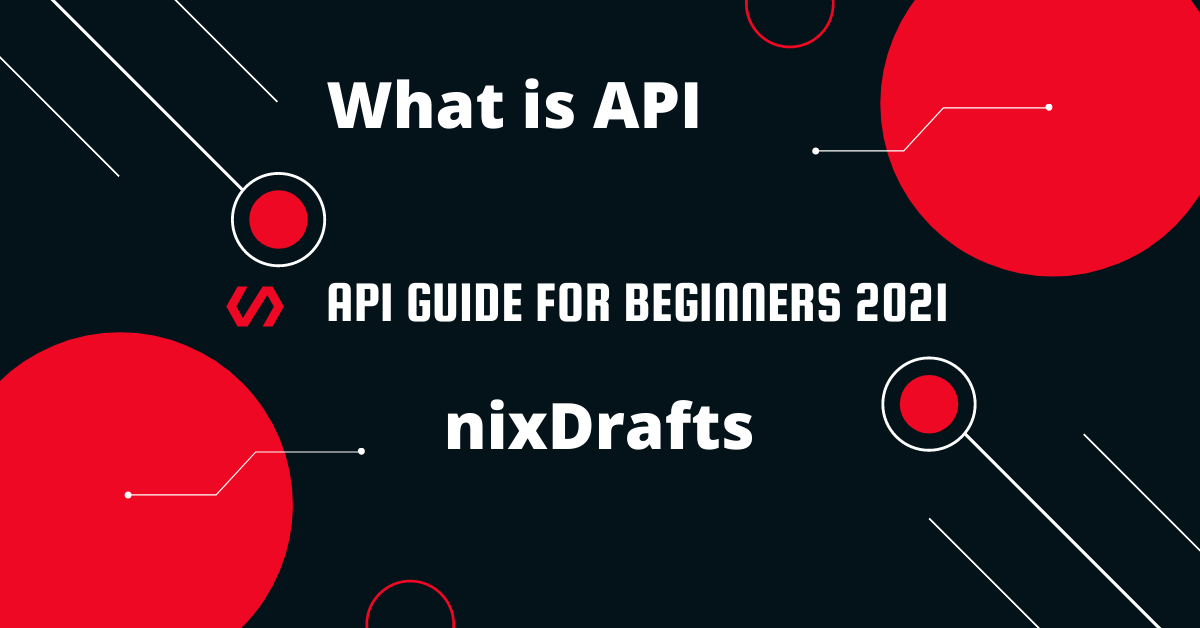|
Getting your Trinity Audio player ready...
|
What is API: Definition, Why API, Functionality, Types, Features, Communication, Testing Tools in 2021
In this article, we are going to discuss what is API? and we will try to summarize as much as we can to make a complete guide on API so make it clear for beginners. So let us start with what is API first.
Table of Contents
What is API?
Those who are a little bit aware of API which is an abbreviation of Application Programming Interface. In general, API is a programmable software interface designed to interact with another software interface without user intervention.
In fact, API is nothing but a collection of software procedures and functions. With the help of API, two software can communicate with each other and they can exchange data with each other.
For example in general you can understand it like Indian Railways maintains their API and provide subscription-based API services and you can develop Indian Railways PNR Related Website where user can come and enquire about all Indian Railway Related queries using those APIs.
Most of the Websites use API from some of the other API providers. For example, Google provides many APIs like Google Map. Uber apps use Google Maps API to pull out the location data.
How API works?
Let us see how API works using few examples to make a clear understanding of API functionality.
General Example of API Functionality
Take an example of a Restaurant. Customers reach the restaurant for breakfast, lunch, or dinner.
Waiter provides Restaurant Menu based on Menu Customer Place Orders. Waiter Place that order to Kitchen and they prepare and after some time you get your order delivered.
There is a lot of action taken by the Waiter in between like placing the order to the kitchen with any special instructions and then Chef will make your ordered dishes and they also need to apply many policy and procedures and after disk completion Waiter makes it in better presentable form and finally picks the order and delivers to the table.
It seems quite simple but a lot of complexity involve in it. The waiter’s role is too important he does all for you and presents your ordered food.
API functionality is also the same as Waiter in this case API takes request and fulfill while described all actions taken by a waiter in between you can understand the API development part.
Technical Example of API Functionality
For example, if you visit any PNR Status Website to enquire about the PNR Status of your Railway Journey or Any other Air Travel Journey once you enter your PNR Number all information related to travel gets fetched using API and you can print that related information like onboarding passes or travel tickets etc.
You cannot visualize internal software functionalities as a user but behind a lot of complex operations get performed to provide you seamless experience.
Why use API?
Below are few important points why to use API.
- API collaborates between two different websites for communicating and exchanging data.
- You can use already develop API to provides related service which saves a lot of effort and cost.
- APIs can access specific app components. More flexibility it provides. You can subscribe single API as per your requirement or all based on your requirement. For example, Google has too many API, and uber usage one of the Google Maps for finding locations.
- Content Generated by API can be formatted to make it presentable and published automatically.
- APIs are targeted it will be really difficult and challenging for individuals to develop specific APIs as there may be too many restrictions to get proper data for the development of its own API as it needs database level of access and no organization is going to provide access to their database.
Important Features of API?
Below are some important features of API.
- It offers valuable service with low cost and minimal effort.
- You can develop different business models using readymade API.
- Very Simple, Flexible, Quickly adaptable.
- Measurable & Manageable.
- Developer friendly & Support Availability.
Types of APIs/How many types of APIs Available?
There are mainly four types of APIs available.
- Open APIs
- Partner APIs
- Internal APIs
- Composite APIs
Open APIs
As the name suggests these are Open APIs available to use free of cost. Anyone can use them without any paid subscription. In general, it is available to the public so it is also known as Public API.
Partner APIs
As the name suggests this kind of APIs is available to use in a partnership kind of scenario as these are not available to the public. Developer needs licenses or rights to access Partner API.
Internal APIs
As the name suggests these are internal in nature. For example, any organization that develops this kind of APIs for their internal use can only use these kinds of APIs to improve their products and services. Due to this these are also known as Private APIs.
Composite APIs
This type of API combines different data and service APIs. It is a sequence of tasks that run synchronously due to the execution, not at the request of a task. Its main uses are to speed up the process of execution and improve the performance of the listeners in the web interfaces.
Communication Level for APIs/What are the communication level for APIs?
There is two core level of communication on which API communicates.
High-Level APIs
APIs which use REST (Representational State Transfer) are known as High-level APIs where developers have a high abstraction level. These categories of APIs focus on limited functionality.
Low-Level APIs
These kinds of APIs have a lower level of abstraction that focuses on complete functionality. Developers can manipulate functions within an application module at a granular level.
Major API Classification
APIs can be classified into different categories based on their usage.
- Database APIs
- Operating systems APIs
- Remote APIs.
- Web APIs.
Most used out of these are Web API. Let us explore Web APIs in detail.
What is Web API?
A Web API is an API that is used in Web Services like Web Servers or Web Browser. Web API is of two types.
1) Server-side Web API
2) Client-side Web API
Server-side Web API
Server-side web API consists of a public end for request-response message system. JSON or XML is used for a request-response message system.
Client-side Web API
Client-side Web API helps to extend functionality within a web browser or other HTTP client. Developers can embed codes using either JavaScript or Flash interface.
Top 5 Free API Testing Tools
Below are the top 5 free API testing tools.
-
POSTMAN
Google Chrome Plugin useful for testing API services. It is a powerful HTTP client to check web services. Postman comes in a free and paid subscription and is a good choice for testing API for those who do not want to deal with coding.
POSTMAN Features
- Easy-to-use REST client
- Very Rich Interface that makes it easy to use
- Good for automated and exploratory testing.
- Platform compatible- Mac, Windows, Linux
- No need to learn a new language.
- Postman can extract data from all modern web APIs.
- Postman is more reliable in transmitting and receiving REST information.
-
Ping API
Ping API is a powerful API inspector. It will allow inspecting all HTTP API call with complete request and response data. It will allow writing test scripts in JavaScript and CoffeeScript to test your APIs. It has a Script Generator so you need to set parameters of your API, the generator will give you a test script.
Ping API Features
- Ping- API can address all HTTP API calls.
- Script Generator
- CRUD flow validation and log in to Ping API
-
vREST
vREST API is an Enterprise-Ready Application for Automated API Testing. You can Test complex APIs with an easy-to-use application from vREST. As the name suggests it is fully compatible with REST.
vREST Features
- Excellent tool to validate your REST APIs.
- You can develop errorless web applications with minimal effort for API testing.
- Helps in validating web applications.
- Generate auto-documentation for your API specifications.
-
Katalon Studio
Katalon Studio is a test automation tool. It supports Web, Desktop, and Mobile Application testings. It is getting emerged as front runner tool for API/Web services testing and easy-to-use for developers and Testers.
It supports SOAP or RESTful HTTP requests types CRUD commands. It can combine UI and API/Web services for multiple environments like Windows, Mac OS, and Linux.
-
SOAP UI
SoapUI is the world’s most widely-used automated testing tool for SOAP and REST APIs. Write, run, integrate, and automate advanced API Tests with ease. This comes in free as well as paid versions. With the free options, you can do.
- Fast Tests Quickly.
- Drag-and-drop.
- Point-and-click.
- Reusability of Scripts
Major Application of API?
Below are few Major Applications of API that are
- Traffic Diversion
- Distribution of Batch
- Footprint Expansion
- Business Models Exploration
- Content Innovation.
Conclusion
So often confusion is there which tools to use. If you are just starting exploring API better to either start with Postman or Catalon Studio. Both come with free versions.
That`s it about what is api. We have tried to cover all basics related to API. We hope it will make your basics clear about APIs. Start exploring as much as you explore you will become efficient in it.

